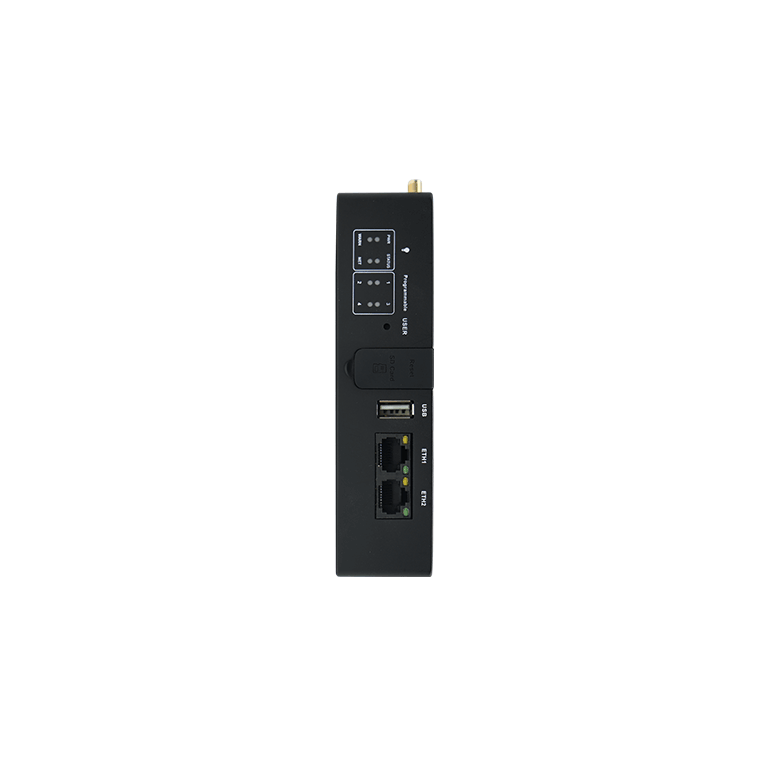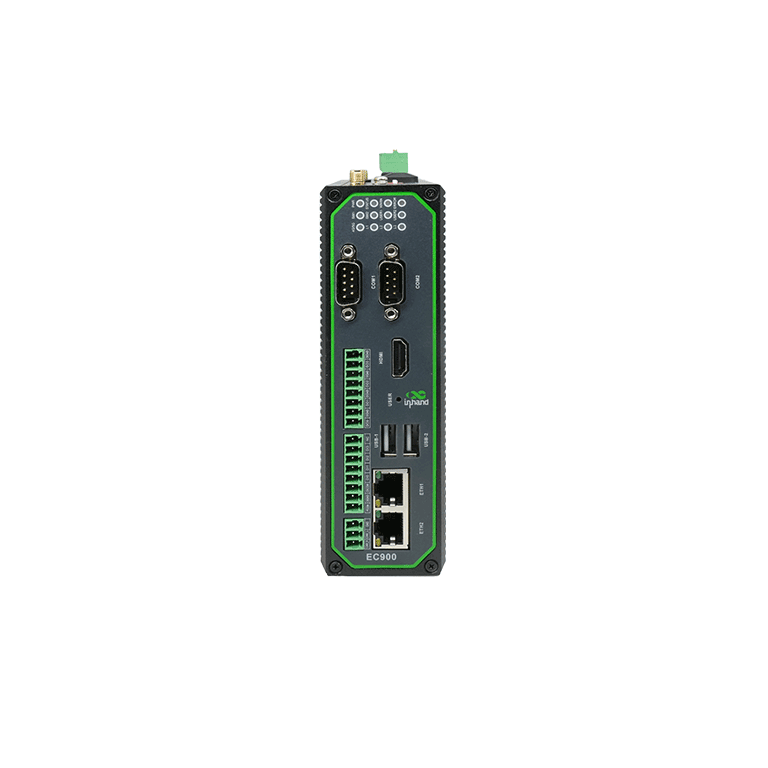
As the Internet of Things (IoT) continues to grow, edge computing has become increasingly important. By processing data closer to where it is generated, IoT edge computing reduces latency, enhances speed, and improves efficiency. Choosing the right computer for IoT edge computing is crucial, and the debate often centers around x86-based computers versus ARM-based computers. In this article, we’ll delve into the strengths and weaknesses of each, helping you make an informed decision for your IoT applications.
What is IoT Edge Computing?
Definition
IoT edge computing refers to the processing of data at the edge of the network, near the data source, rather than in a centralized data center or cloud. This approach minimizes latency and bandwidth use, making real-time data processing possible.
Applications
Edge computing is used in various applications, including smart cities, industrial automation, healthcare, and autonomous vehicles. It enables quick decision-making and reduces the load on central servers.
Benefits
The benefits of IoT edge computing include reduced latency, improved speed, enhanced security, and greater reliability. By processing data locally, it ensures faster responses and better user experiences.
Importance of Choosing the Right Computer for IoT
Performance
The computer’s performance directly impacts the efficiency and speed of data processing in IoT applications. Choosing the right architecture is crucial for optimal performance.
Efficiency
Efficiency in terms of power consumption and heat management is vital for continuous operation, especially in remote or inaccessible locations.
Scalability
The ability to scale and adapt to growing demands is essential for future-proofing IoT deployments.
Cost
Both initial investment and long-term maintenance costs play a significant role in the decision-making process.
Overview of x86-based Computers
Architecture
The x86 architecture is a family of instruction set architectures based on the Intel 8086 CPU. It is widely used in personal computers, servers, and workstations.
History
Developed by Intel, the x86 architecture has been the backbone of computing for decades, evolving significantly over time.
Key Features
Key features include powerful processing capabilities, extensive software support, and a large ecosystem of compatible hardware and software.
Common Use Cases
x86-based computers are commonly used in data centers, desktops, laptops, and high-performance applications requiring substantial computational power.
Overview of ARM-based Computers
Architecture
ARM (Advanced RISC Machine) architecture is a family of reduced instruction set computing (RISC) architectures. It is known for its power efficiency and is widely used in mobile devices and embedded systems.
History
ARM architecture originated in the 1980s and has grown to dominate the mobile and embedded markets due to its efficient design.
Key Features
Key features include low power consumption, high efficiency, and a wide range of configurations for different applications.
Common Use Cases
ARM-based computers are commonly found in smartphones, tablets, embedded systems, and increasingly in servers and IoT devices.
Comparative Analysis: x86 vs ARM
Performance
x86-based computers typically offer higher performance due to their complex instruction sets and higher clock speeds. ARM-based computers, while generally less powerful, excel in specific tasks with optimized performance per watt.
- Processing Power: For tasks requiring significant processing power, such as machine learning and data analysis, x86-based computers might be more suitable. Their superior processing capabilities make them ideal for demanding applications.
- Multitasking Ability: x86-based computers excel in multitasking due to their robust architecture. They can handle multiple tasks simultaneously without compromising performance.
- Real-time Processing
Both architectures can handle real-time processing, but the choice depends on the specific application’s requirements. ARM’s efficiency might be preferable for lightweight, real-time tasks, while x86’s power suits more intensive operations.
Power Efficiency
ARM-based computers are designed for power efficiency, making them ideal for battery-powered devices and energy-conscious applications. x86-based computers, though more power-hungry, offer higher performance for power-intensive tasks.
- Energy Consumption: ARM-based computers consume less energy, making them ideal for applications where power availability is limited or where energy efficiency is a priority.
- Heat Management: Lower power consumption translates to less heat generation. ARM-based computers generally have simpler cooling requirements, which is beneficial in compact or remote deployments.
- Battery Life: For battery-powered IoT devices, ARM-based computers provide longer battery life, ensuring longer operational periods without recharging.
Cost Analysis
ARM-based computers often have a lower initial cost and are cheaper to maintain due to their energy efficiency. x86-based computers, while more expensive upfront, may offer better value for performance-intensive applications.
- Initial Costs: ARM-based computers usually have lower initial costs due to simpler architecture and widespread availability. x86-based computers can be more expensive but offer higher performance for the price.
- Long-term Investment: Considering long-term costs, ARM’s energy efficiency can result in significant savings on power bills and cooling infrastructure.
- Maintenance Costs: Maintenance costs are typically lower for ARM-based systems due to their simplicity and efficiency, whereas x86-based systems might incur higher costs related to energy consumption and cooling.
Scalability and Flexibility
- Expansion Capabilities: x86-based computers offer extensive expansion options, supporting a wide range of peripherals and upgrades, making them highly scalable.
- Future-proofing: Both architectures are future-proof, but x86’s broader software compatibility and support for high-performance tasks might give it an edge in rapidly evolving IoT environments.
- Compatibility: ARM-based computers are highly compatible with mobile and embedded systems, while x86-based computers are more suited for desktops, servers, and high-performance tasks.
Software Compatibility
- Operating Systems: x86-based computers support a wide range of operating systems, including Windows, Linux, and macOS. ARM-based computers predominantly run Linux and Android, with increasing support for Windows.
- Software Ecosystems: x86 boasts a mature software ecosystem with extensive developer support, while ARM’s ecosystem, though growing, is more fragmented.
- Developer Support: x86 has a longer history of developer support and more comprehensive development tools, but ARM’s popularity in mobile and embedded markets has spurred significant growth in its developer community.
Security Implications
- Built-in Security Features: Both architectures offer robust security features. ARM includes security extensions like TrustZone, while x86 provides features such as Intel’s Security Guard Extensions (SGX).
- Vulnerability to Attacks: Security vulnerabilities exist in both architectures. ARM’s simpler design can sometimes mean fewer vulnerabilities, but both require diligent security practices.
- Compliance: Both architectures can meet compliance standards for various industries, though specific requirements may influence the choice.
Deployment Scenarios for x86-based Computers
Best Use Cases
- Industrial Automation: Handling complex processes and large data volumes.
- Healthcare: High-performance computing for real-time diagnostics.
Deployment Challenges
- Managing power consumption and heat.
- Ensuring compatibility with legacy systems.
Solutions
- Advanced cooling systems.
- Hybrid models integrating ARM for low-power tasks.
Deployment Scenarios for ARM-based Computers
Best Use Cases
- Smart Cities: Energy-efficient data processing for urban management.
- Consumer Electronics: Low-power computing for everyday devices.
Deployment Challenges
- Limited performance for intensive tasks.
- Fragmented software ecosystem.
Solutions
- Hybrid systems leveraging x86 for high-performance needs.
- Increasing support for diverse software applications.
Conclusion
Choosing between x86-based and ARM-based computers for your IoT edge computing application involves careful consideration of performance, efficiency, scalability, and cost. Each architecture has its strengths and weaknesses, making them suitable for different scenarios. By understanding your specific application needs and the capabilities of each architecture, you can make an informed decision that maximizes the benefits of IoT edge computing.

